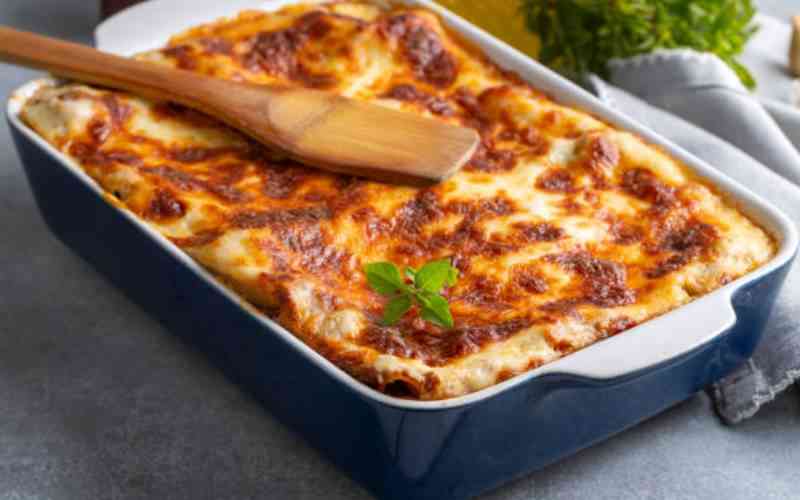
Bread has got to be one of the foods that dries out and goes bad the fastest. Too much heat, exposure to moisture, exposure to air and even staying out for too long can lead to dryness which in turn can cause your bread to go stale.
But what is the difference between dry and stale bread?
Dry bread
When bread loses moisture it becomes dry. This dryness is caused by poor storage. According to Bread Bridge, the best way to prevent this loss of moisture is to store bread in an airtight container.
Cooks Illustrated states that dry bread can absorb moisture. That is why it can be used in various recipes like stuffing.
Stale bread
Bread that has gone stale, on the other hand, is extremely dry and unpalatable. Bread is made out of wheat granules. When water migrates from the spaces between these granules and into the wheat itself, this results in the degelatanizing of the starch molecules which then recrystalize making the bread hard and leathery.
Unlike dry bread, storing bread in an airtight environment or in the refrigerator might not necessarily prevent it from getting stale.

Replacing moisture in dry bread
But if your bread does dry out, you can replace the moisture.
For an unsliced loaf of bread
Soak the bread
Open the tap and run your bread under the tap. The goal here is to wet the crust without making the inside of your bread wet.
Cook it in the oven
Place the wet loaf of bread in the oven at 150 degrees Celsius. This process will cause the water in the bread to steam up. The steam will penetrate the bread, escape from the crust, making it moist again.
Take out your bread
Once your bread has a crunchy crust and soft interior, it’s ready to be eaten.
For sliced bread
Take paper towels. Make them wet and wrap them around your bread. Place the slices in the microwave for about 10 seconds and in a similar process like that of the unsliced bread, the moisture will turn into steam, penetrating the starch molecules. Once ready you will softened the dry bread.
How long since you travelled to shags to see your parents? The Standard Group Plc is a multi-media organization with investments in media platforms spanning newspaper print
operations, television, radio broadcasting, digital and online services. The Standard Group is recognized as a
leading multi-media house in Kenya with a key influence in matters of national and international interest.
The Standard Group Plc is a multi-media organization with investments in media platforms spanning newspaper print
operations, television, radio broadcasting, digital and online services. The Standard Group is recognized as a
leading multi-media house in Kenya with a key influence in matters of national and international interest.










